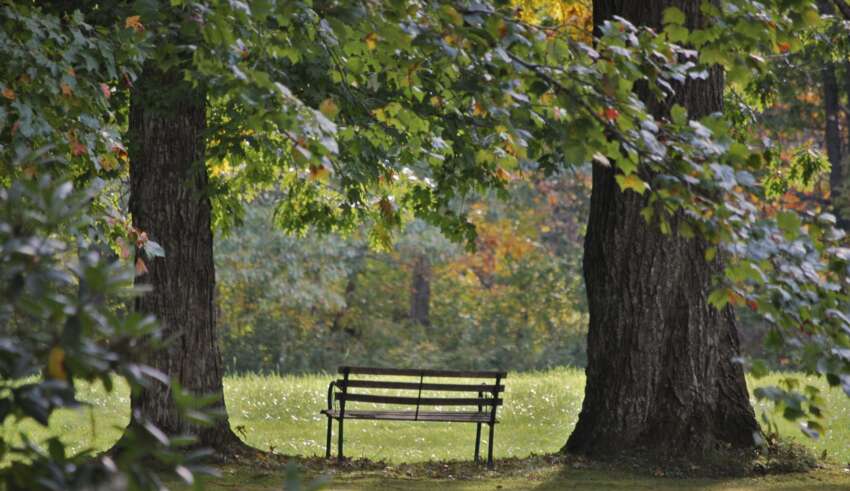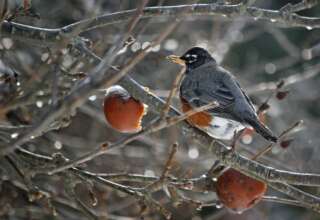
This is also a time when we are inclined to shift our attitude about friendships, and look to new kinds of relationships in our life. We question the priority we have assigned to certain friendships and the priorities we have assigned to relationships that lacked any long-term meaning. As a result of this critical reflection, we might simply become more selective in our friendships and spend more time with a small group of friends. The new friends or re-structure old friendships will often become deeper as we turn to our fellow mid-lifers for support, suggestions and simply a sympathetic listening ear.
Our selective friends are on their own developmental journey and we often will hold each other’s hand as we journey together through the rugged and often dancing landscape (Miller and Page, 2007) of mid-life. I know in my early 50s, there was a colleague with whom I had worked closely during my 40s in the introduction and management of projects in American postsecondary education. Now, as both of us entered our 50s, there was a new focus. We would get together at his home in California or my home in Maine to talk deep into the night about our changing lives, about our relationships with wives and children, and about old aspirations that will never be realized and aspirations from earlier in our life that have re-emerged.
Friendships for the two of us and for many other people were no longer instrumental in nature. There was no longer a shared workplace or even shared projects. There was now much deeper and lingering shared life experiences (only some of which related to work we had done together). We talked more about special meals we had shared or a beautiful setting in which we held a conference or workshop than we talked about the events or outcomes of this conference or workshop. We reflected on a remarkable relationship we had both had with another colleague or about our comparable struggles with making sense of and finding meaning in our new life as “Mid-Centurians.” We played songs about growing older (especially from Frank Sinatra’s September Song album) and read novels about mid-life protagonists (such as John Updike’s series of books about the middle-class everyman Harry “Rabbit” Angstrom (Updike, 1996), or John Irving’s The World According to Garp (2021)).
Old Age
The curvilinear trajectory of friendships is fully at play when we enter the final decades of our life. As Denworth (2020, p. 233) observers:
“Earlier in life, being married—that relationship—is really key, but as you get older friendships become that much more important and whether or not you’re married is relatively less important. . . . Even if you lose a spouse, friendships can sustain you. And you can keep making new friends throughout your life.”
It is at this moment in our life that a troubling paradox often appears. Friendships become more important; however, friends become less available and we are vulnerable to isolation and loneliness.:
“. . . [Y]ou have to have someone handy to hug. The compounded risk of loneliness in old age cannot be ignored. Once people retire, the lose regular interaction with colleagues. . . . With increasing age, it’s more likely you will lose a spouse and friends start to die as well. (Denworth, 2020, p. 241)”







